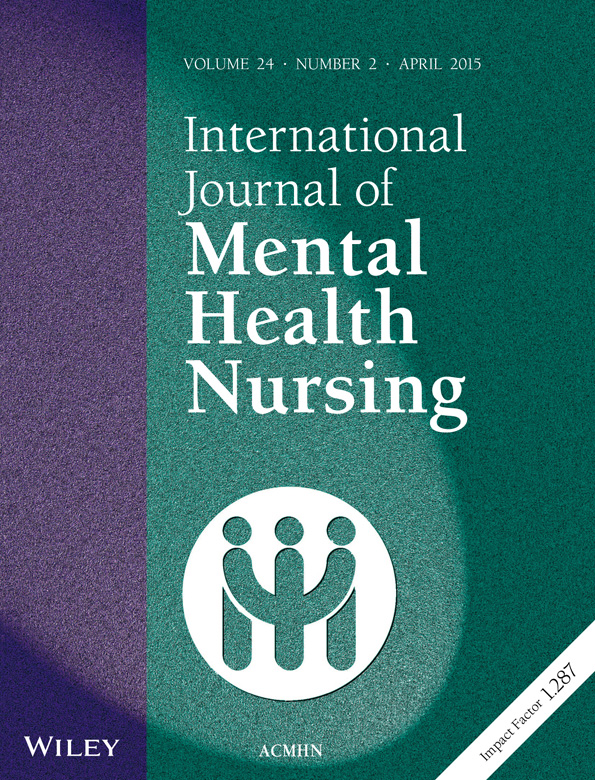Understanding expressions of public grief: ‘Mourning sickness’, ‘grief-lite’, or something more?
There is an old saying that the only thing we can be sure of in life is death. Death, bereavement, and grief are strongly culturally constructed, but intensely personal. The associated rituals and practices are often private or shared only with others directly affected by the bereavement. However, when we witness what has been referred to as ‘public grief’ (A'Court 2014), the issue of communal grief and how it is expressed comes to the fore. Over the past years, we have seen numerous episodes of public mourning: the death of Princess Diana, through to the more recent events in Martin Place, Sydney, Australia.
This idea of communal grieving has been the subject of considerable scrutiny and quite extensive theorizing. Much of the theorizing of this phenomenon has been centred around the idea of ostentatious caring (Taylor 2004), self-indulgent, or voyeuristic behaviour, or a need to participate in rituals for a grief that one does not actually feel. Indeed, displays of public outpourings of angst has generated a range of terminology, including ‘recreational grieving’ (DeGroot 2014), ‘conspicuous compassion’ (Taylor 2004), and ‘mourning sickness’; the latter defined as ‘a collective condition characterised by ostentatious, recreational grieving for dead celebrities and murder victims’ (O'Neill 2004, p.1). ‘Grief porn’ is another term used to define ‘gratification derived from a tenuous connection to the misfortunes of others; the gratuitous indulgence of tangential association with tragedy’ (Behr 2005). However, despite the generally negative and judgmental tone of much of the surrounding literature, it might be that there are other factors to be considered when contemplating this phenomenon.
It might be that grief is too strong of a word to explain what it is that drives people to engage in displays of public mourning. Rather than being voyeuristic or morbid, there might be a sense of being troubled or upset, or feelings of helplessness at events. In the face of such feelings, it might be that people engage in the sorrow rituals available to them. Participation in such activities might also be viewed as a means of showing solidarity with those who have been directly affected by the events. What of the symbols of grief: the floral tributes, photos, teddies, and balloons that adorn these impromptu, spontaneous memorials? Flowers and balloons are said to represent the wonder and transience of life, cards, hand-written poems provide a space for mourners to express their feelings in words, while teddy bears symbolize lost innocence (Doss 2006). Sometimes other objects are chosen to become part of the ritual of public grieving. In the recent passing of Australian cricketer Phillip Hughes, the cricket bat was the object chosen by many to show solidarity and to symbolize sadness at his loss, with numbers of citizens displaying cricket bats in various ways, such as at their letterboxes or by their front gates.
Social media has become an additional public space for expressions of communal grief. In an analysis of social media memorial pages, DeGroot (2014) termed the phrase ‘emotional rubbernecking’ to describe ‘online voyeurs who visit the Facebook memorials of strangers or distant acquaintances to read what others write and to post their own messages of grief’. While ‘rubbernecking’ tends to be seen as somewhat undesirable, with voyeuristic implications, DeGroot (2014) noted that some people leaving messages shared their own experiences of grief and loss, and thus, the online site became a focus for a communal grieving. However, Brubaker et al. (2013) argue that social media sites can provide a mechanism for the expansion of mourning to facilitate the ‘interweaving of death and grieving into the everyday, rather than in the temporally-bound settings of traditional funerals and memorials’ (p. 160).
It may be that these constructions of public grief, and the observed expressions of grief, are not for those who have died, so much as they are for what the loss symbolizes to these ‘mourners’. In reflecting on the public reaction to death of Phillip Hughes, A'Court (2014) comments that some of the tears represented ‘the loss of possibility and potential, the end of a dream, a reminder of mortality. Some of those tears were for other lost sons and brothers’. In keeping with this theme, we know that many people in our communities have unresolved grief and carry deep wells of sadness within. It might be that sharing in communal grieving gives permission to mourn for unresolved personal losses and the things we have all lost.
It is important to acknowledge that death and tragedy affecting strangers can have an intense effect on others. In the face of tragic, particularly violent events, ordinary citizens might be abruptly reminded of their own mortality and might feel intensely violated. This helplessness can create a need to do something; a need to reclaim spaces – public and private – and the right to feel safe within them. Tragic events provide opportunities for communal reflection. The acts of public mourning which follow can foster social connectedness, and therefore, hopefully contribute to community healing and recovery from trauma.




